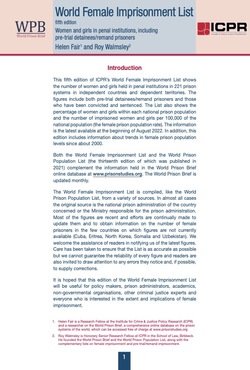By Lane Nelson and Burk Foster
From the cover: Death Watch Is a topical, up-to-date collection of death penalty journalism and personal essays. Drawing on the experiences and perspectives of Lane Nelson, a former death row inmate and current staff writer for "The Angolite," Louisiana's award winning prison news magazine, and Burk Foster, a University of Louisiana-Lafayette criminal justice professor and jail and prison expert witness, Death Watch looks at the death penalty as a legal process, a social reality, and a fundamental issue of public policy. The topics covered in this volume include: ♦ how capital cases are different in the legal process ♦ how death penalty offenders are selected ♦ the selective application of the death penalty to women and juveniles ♦ problems in providing competent counsel to death penalty defendants ♦ medical issues related to organ donation and physician participation in executions ♦ the execution of blacks for rape in the South ♦ how the death penalty was imposed and carried out in the past ♦ reflections on death row life by inmates under death sentence ♦ the last words of men and women before execution ♦ the dilemma of defending the innocent on death row ♦ feature articles on two Louisiana inmates, Antonio James and John A. Brown, Jr., executed in 1996 and 1997. ♦ the ethics of the death penalty today.
Upper Saddle River New Jersey. Prentice Hall. 2001. 307p.





















